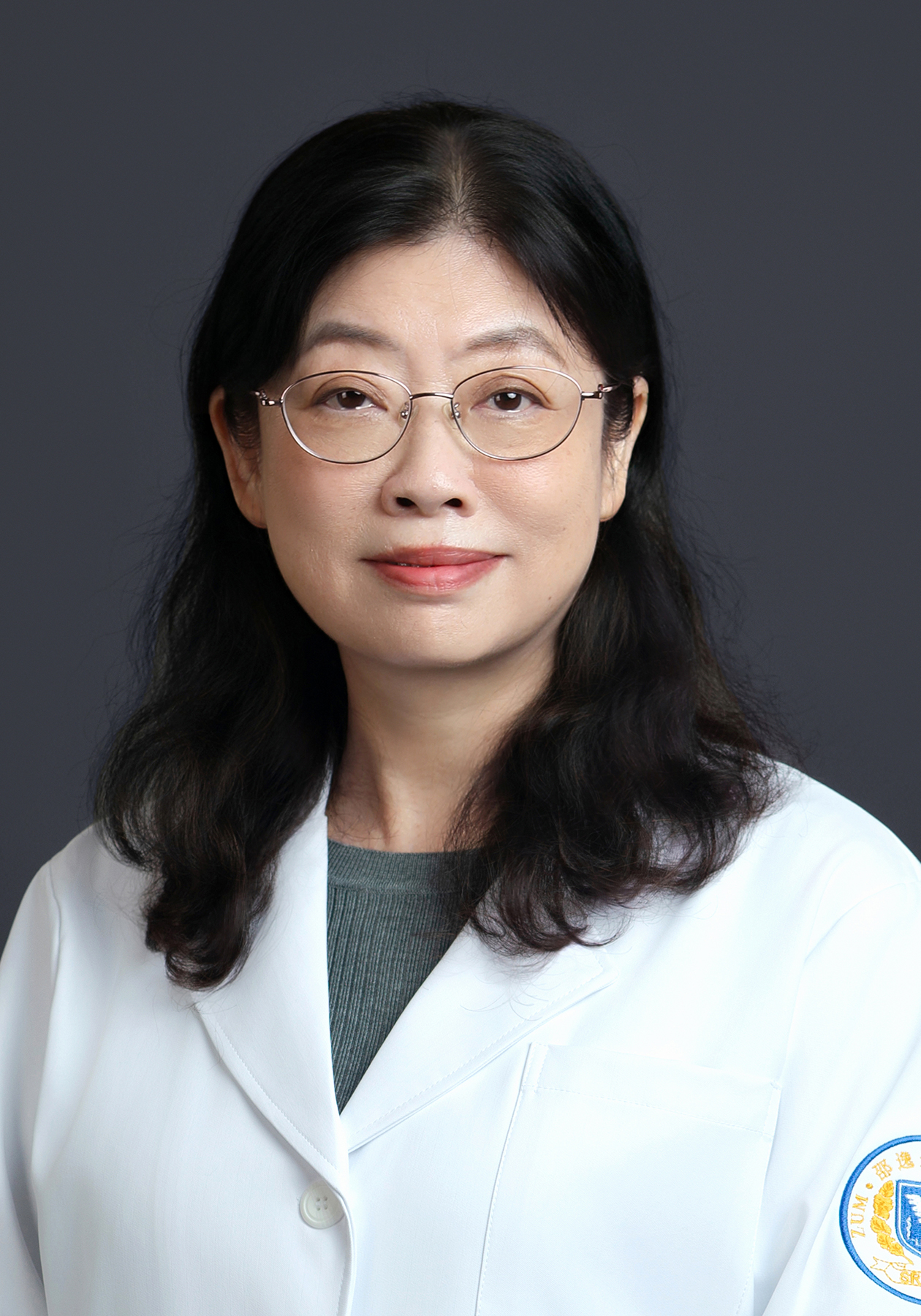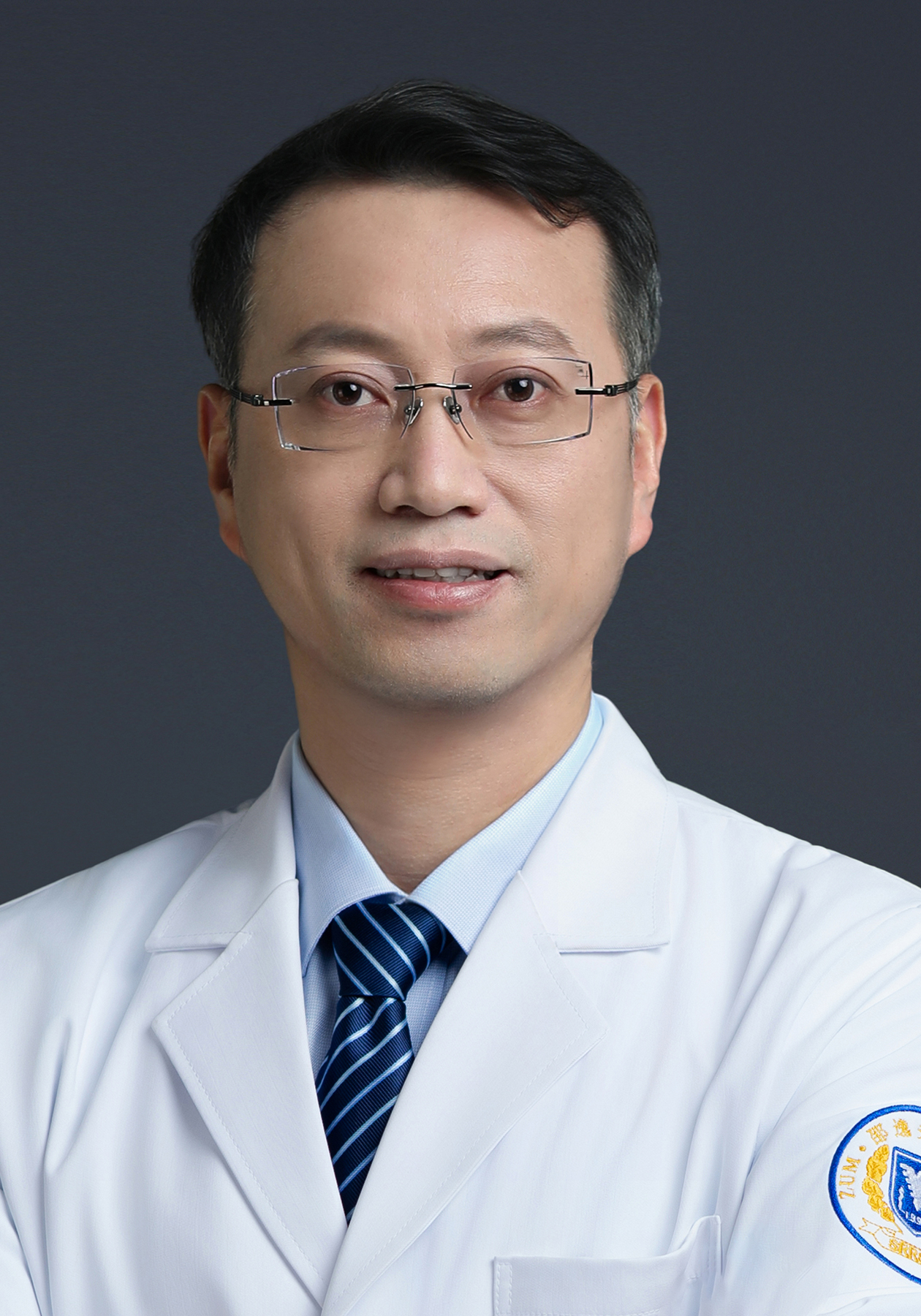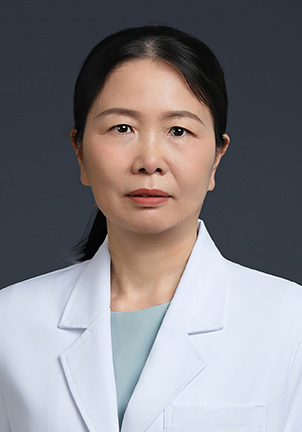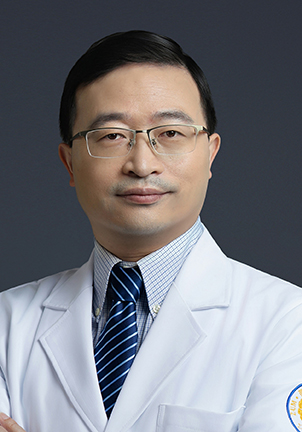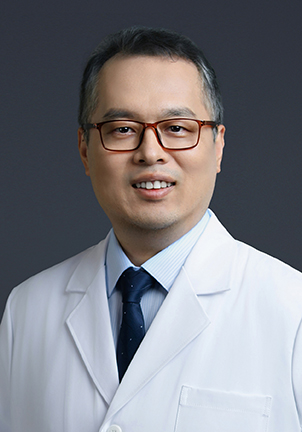Nuclear Medicine
Overview
The Nuclear Medicine Department at SRRSH was established in 1994. Over the past 30 years, the department has achieved remarkable results in medical care, research, and teaching. It offers over 50 molecular imaging diagnostics, routine radionuclide imaging diagnostics, and radionuclide-targeted therapy projects, making it the most comprehensive unit for radionuclide diagnosis and treatment in Zhejiang province. The department is spread across four campuses: Qingchun, Qiantang, Grand Canal, and Shaoxing. It is currently equipped with two advanced digital PET/CT scanners and three state-of-the-art SPECT/CT scanners, establishing a robust center for radionuclide imaging diagnostics. Notably, the department has established a new management model and standards for its large-scale radionuclide therapy wards, setting a benchmark in the sector.
The department has a total of 50 staff members, including 27 doctors, 13 technicians, and 10 nurses. There are 2 master's supervisors, 27 employees with master's degrees or higher, 8 senior professionals, and 15 intermediate professionals, forming the strongest professional technical team in the province. The department undertakes the national continuing education project "New Advances in Standardized Operations of Nuclear Medicine for Thyroid Diseases", which has been held for eight consecutive sessions and is highly regarded both provincially and nationally. The department has also consistently ranked among the top five in the East China region of the Fudan China Hospital Ranking for nuclear medicine reputation.
Technical advantages
Radionuclide Imaging: The department is equipped with the world’s most advanced holographic digital PET/CT scanners (PET/CT Discovery MI by GE) and a new domestic digital PET/CT scanner (umi550 by United Imaging Healthcare). The digital PET/CT imaging boasts significant advantages: improved image clarity, enhanced small lesion detection capability, and more precise exploration of millimeter-sized lesions. It also greatly improves accuracy for distinguishing between benign and malignant tumors and assessing treatment efficacy, while reducing the radiation dose to patients. The high-quality images provide the most accurate diagnostic results. The department routinely performs several new targeted molecular probe imaging techniques, such as PSMA imaging for prostate cancer and AV45 imaging for Alzheimer's disease, enhancing the diagnostic and therapeutic levels for tumors, cardiovascular, and neurological diseases at SRRSH, benefiting patients in neighboring regions and across the country. The department has three SPECT/CT scanners, including the most advanced SPECT/CT Symbia Intevo Bold by Siemens with 30 years of clinical diagnostic experience. It has carried out molecular imaging diagnostic projects and provided radionuclide imaging services, with several innovative clinical diagnostic methods such as sentinel lymph node imaging, lung V/Q imaging, and brain dopamine transporter imaging, all of which are leading the province. Its gastrointestinal imaging combined with the hydrogen breath test for diagnosing SIBO has filled a gap domestically.
Radionuclide Internal Therapy: The radionuclide ward has 24 beds, and its radiation protection conditions and ward scale are among the best in the country. The ward design considers patient needs, featuring a family visit video intercom system and a medical video ward round system, which is a pioneer among domestic radionuclide wards. The ward follows standardized medical management and provides attentive nursing care, aiming to create a safe, warm, and comfortable environment for patients, easing their mental stress and ensuring a smooth treatment process. The medical and nursing team in the radionuclide ward collaborates closely, having innovated and established management models and standards for radionuclide wards, becoming a benchmark in the industry. In 2017, the department was awarded the "Top Ten Nuclear Medicine Nursing Units" by the Chinese Medical Association's Nuclear Medicine Branch. The radionuclide therapy primarily focuses on iodine-131 treatment for differentiated thyroid cancer, and has gradually expanded to include iodine-131 treatment for refractory hyperthyroidism, iodine-125 seed implants for solid tumors, radium-223 treatment for bone metastases, radiolabeled immunotherapy for solid tumors, and other internal radionuclide therapies. It is the first in the province to offer radium-223 treatment for prostate cancer bone metastases.
Academic status
Former and Incoming Chair of the Nuclear Medicine and Radiation Medicine Protection Branch of Zhejiang Medical Association
President Unit of the Nuclear Medicine Physician Branch of the Zhejiang
Medical Association
Standing Committee Member of the Nuclear Medicine Branch of the Chinese Medical Association
Founding Member of the China Nuclear Medicine Industry Technology Innovation Alliance
Vice Chair Unit of the Yangtze River Delta Nuclear Medicine and Molecular Imaging Specialist Alliance
National-Level Standardized Training Base for Resident Physicians
Major Member of the Zhejiang Health Commission’s Thyroid Disease Standardized Diagnosis and Treatment Technology Center
Major Member of the Prostate Cancer Minimally Invasive Treatment Center at Sir Run Run Shaw Hospital
One of the First Key Subspecialties at Sir Run Run Shaw Hospital: Thyroid Radionuclide Diagnosis and Treatment Subspecialty
Research achievements
Led and undertaken more than 30 national, provincial, and ministerial-level research projects.









